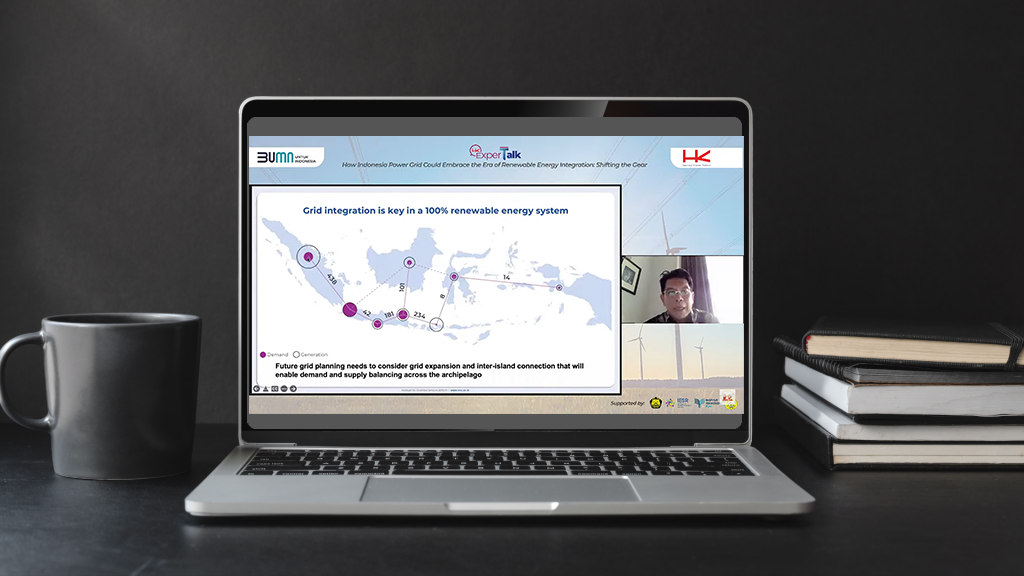
Indonesia Needs Inter-island Electricity Interconnection for 100 Percent Renewable Energy Development
Jakarta, 26 January 2022 – The energy sector which is dominated by fossil energy accounts for ⅔ of global emissions. In order to reduce greenhouse gas (... Read more.

Overseeing the Indonesia Government’s Strategy in Energy Transition in 2022
Jakarta, 18 January 2022 – Entering 2022, the Ministry of Energy and Mineral Resources shared Indonesia’s energy transition strategy in the “P... Read more.

In 2022, Indonesia Needs to Strive in Pursuing Energy Transition Ecosystem Readiness
Jakarta, 21 December 2021 – The unfavorable climate for renewable energy investment in Indonesia and inconsistent political commitments can hinder the a... Read more.

Clean Energy Acceleration to achieve NZE in the Energy Sector 2050
Jakarta, 20 December 2021 – The Institute for Essential Services Reform (IESR) launched the Indonesia Energy Transition Outlook (IETO) 2022 report. IETO 2... Read more.
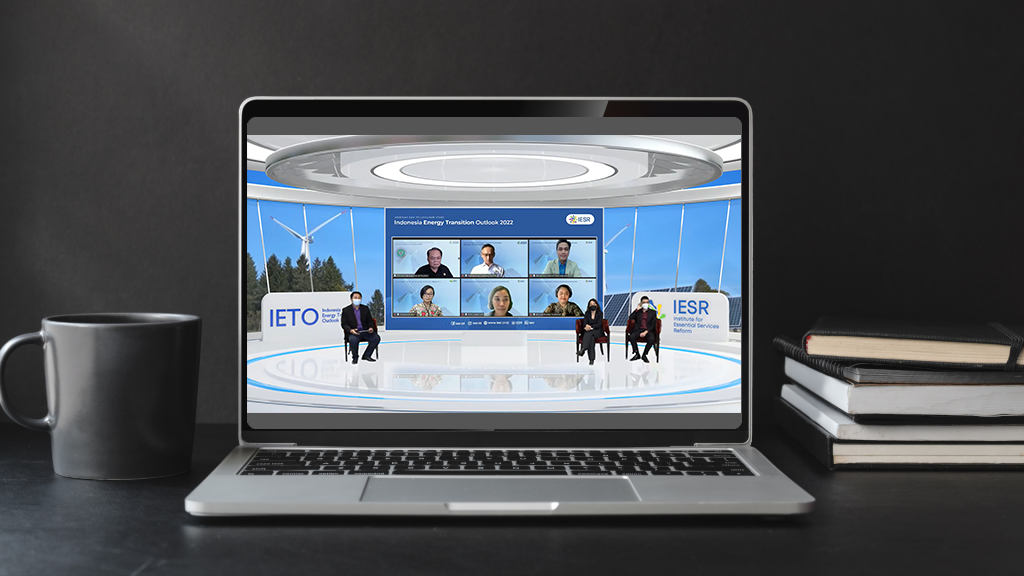
Indonesia’s Energy Transition Overshadowed by Government Uncertainty
Jakarta, December 21, 2021 – Closing 2021, the Institute for Essential Services Reform (IESR) has launched its annual report entitled Indonesia Energy Tra... Read more.
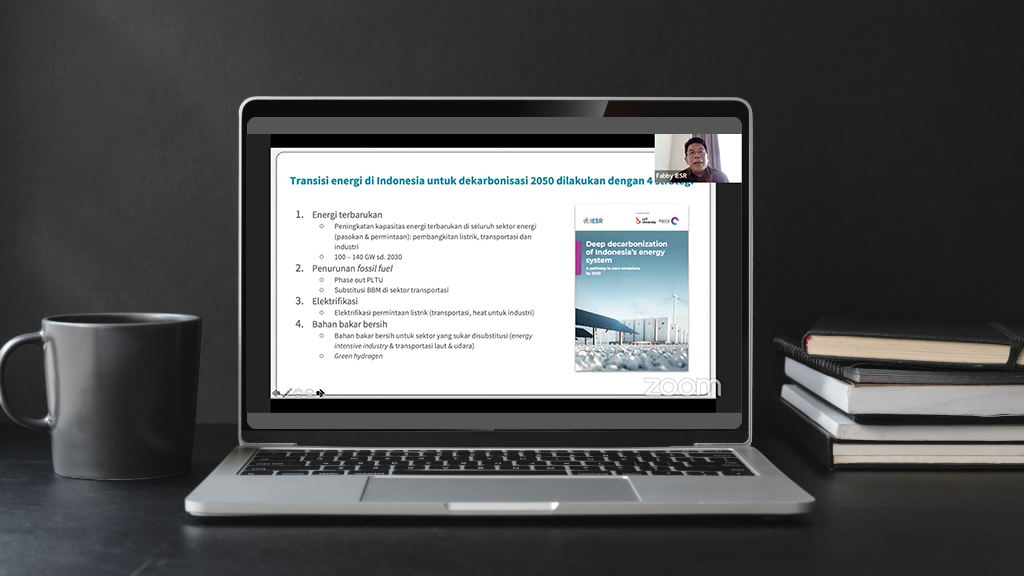
Net-Zero Emission Agenda Private Sector Opportunity to Increase Competitiveness
Jakarta, 14 December 2021 – 2021 is considered as a progressive period marked by a number of important events and the birth of various commitments aimed t... Read more.
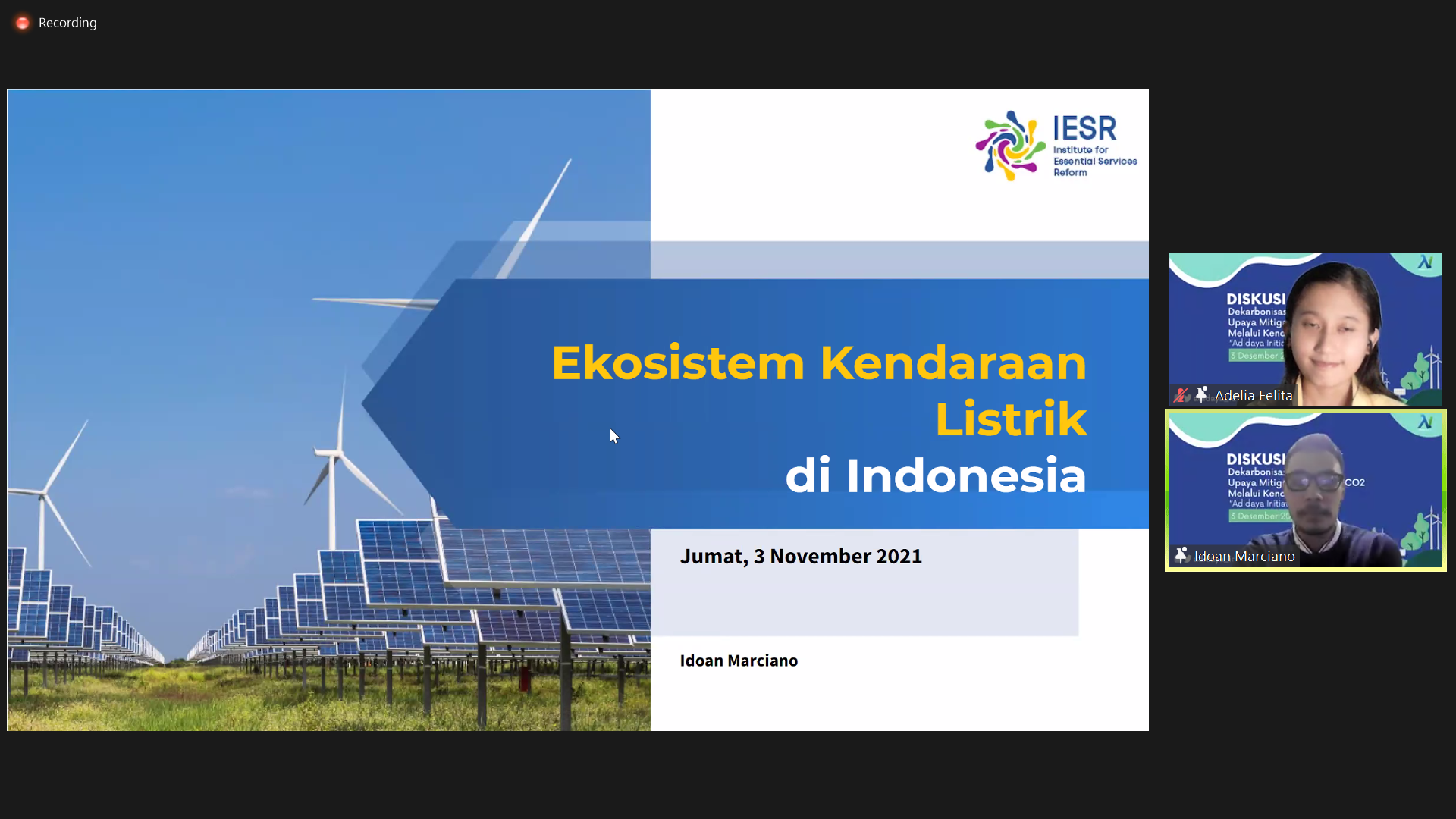
The Government’s Electric Vehicle Infrastructure Target is Still Creating Range Anxiety
Electric vehicles have become increasingly popular recently. The Indonesian government itself has stated that the use of electric vehicles is one of Indonesia&#... Read more.

Indonesia’s Triumph in the Next 30 Years Against the Climate Crisis, Decided Now
Jakarta, 4 December 2021-“Everyone has used solar panels, and there are electric motors too. The air feels so fresh!” said Kiara in Kiara’s Dream whic... Read more.

Open Canvas: IsDB seeks advice on Energy Transition in Indonesia and Southeast Asia Region with IESR
Jakarta, 1 December 2021 – In the past year, the term energy transition has gained traction in the policy advocating process as well as public discourse. ... Read more.
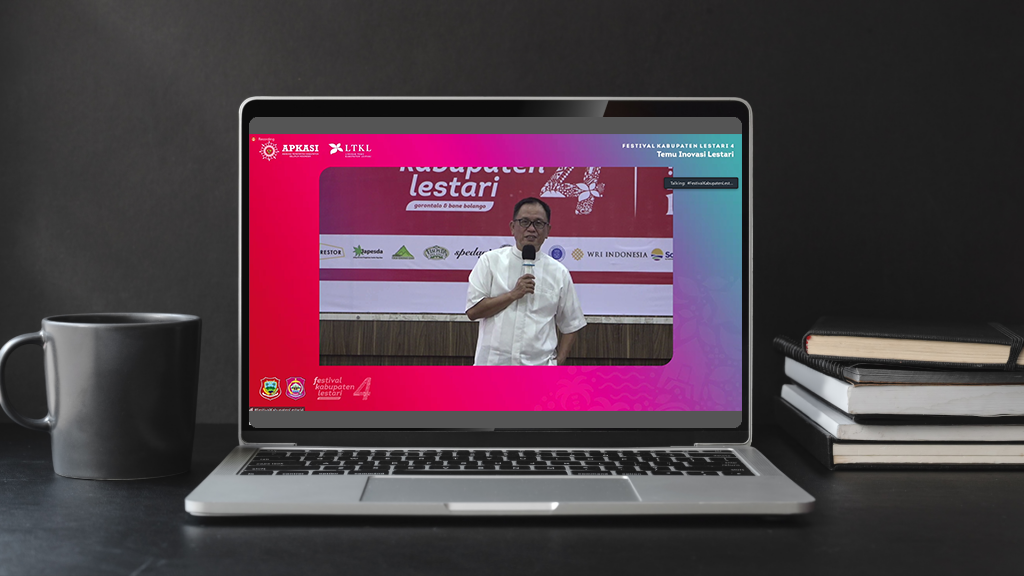
Synergy for Sustainable Development and Solar Technical Potential in Gorontalo
Gorontalo, 26 November 2021- The potential for renewable energy is evenly distributed in all provinces in Indonesia, including in Gorontalo Province. This poten... Read more.
